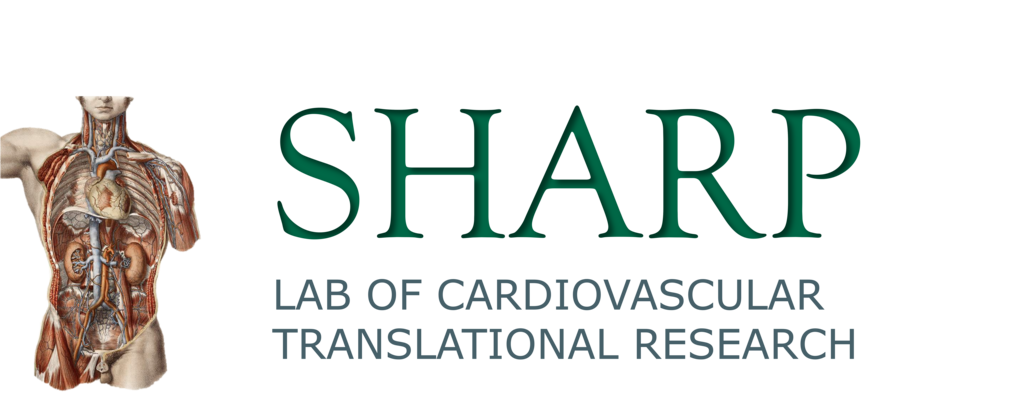BACKGROUND: Recent reports suggest increased myocardial iNOS expression leads to excessive protein s -nitrosylation, contributing to the pathophysiology of HFpEF. However, the relationship between NO bioavailability, dynamic regulation of protein s -nitrosylation by trans- and de-nitrosylases, and HFpEF pathophysiology has not been elucidated. Here, we provide novel insights into the delicate interplay between NO bioavailability and protein s -nitrosylation in HFpEF.
METHODS: Plasma nitrite, nitrosothiols (RsNO), and 3-nitrotyrosine (3-NT) were measured in HFpEF patients and in controls. Studies in WKY or ZSF1 obese rats were performed to evaluate HFpEF severity, NO signaling, and total nitroso-species (Rx(s)NO) levels. snRNA sequencing was performed to identify key genes involved in NO signaling and s -nitrosylation regulation.
RESULTS: In HFpEF patients, circulating RsNO and 3-NT were significantly elevated while nitrite, a biomarker for NO bioavailability, remained unchanged. In ZSF1 obese rats, NO bioavailability was significantly reduced while Rx(s)NO levels exhibited an age-dependent increase as HFpEF progressed. snRNA seq highlighted significant upregulation of a trans-nitrosylase, hemoglobin-beta subunit (HBb), which was corroborated in human HFpEF hearts 1 . Subsequent experiments confirmed HBb upregulation and revealed significant reductions in enzyme activity of two major de-nitrosylases, Trx2 and GSNOR in ZSF1 obese hearts. Further, elevated RxNO levels, increased HBb expression, and reduced activity of Trx2 and GSNOR were identified in the kidney and liver of the ZSF1 obese rats.
CONCLUSIONS: Our data reveal circulating markers of nitrosative stress (RsNO and 3-NT) are significantly elevated in HFpEF patients. Data from the ZSF1 obese rat model mirror the results from HFpEF patients and reveal that pathological accumulation of RxNO/nitrosative stress in HFpEF may be in part, due to the upregulation of the trans-nitrosylase, HBb, and impaired activity of the de-nitrosylases, Trx2 and GSNOR. Our data suggest that dysregulated protein nitrosylation dynamics in the heart, liver, and kidney contribute to the pathogenesis of cardiometabolic HFpEF.
TRANSLATIONAL PERSPECTIVE: Our findings describe for the first time that circulating RsNO and 3-NT are significantly upregulated in HFpEF patients suggesting systemic nitrosative stress in HFpEF, and demonstrate a profound disconnect between insufficient physiological NO signaling and pathological nitrosative stress in HFpEF, which is in stark contrast to HFrEF in which both NO bioavailability and protein s -nitrosylation are attenuated. Further, this study provides novel mechanistic insights into a critical molecular feature of HFpEF in humans and animal models: nitrosative stress arises predominantly from imbalance of trans-nitrosylases and de-nitrosylases, thereby leading to impaired NO bioavailability concomitant with increased protein s -nitrosylation. Importantly, these perturbations extend beyond the heart to the kidney and liver, suggesting HFpEF is characterized by a systemic derangement in trans- and de-nitrosylase activity and providing a unifying molecular lesion for the systemic presentation of HFpEF pathophysiology. These findings have direct clinical implications for the modulation of NO levels in the HFpEF patient, and indicate that restoring the balance between trans- and denitrosylases may be novel therapeutic targets to ameliorate disease symptoms in HFpEF patients.

